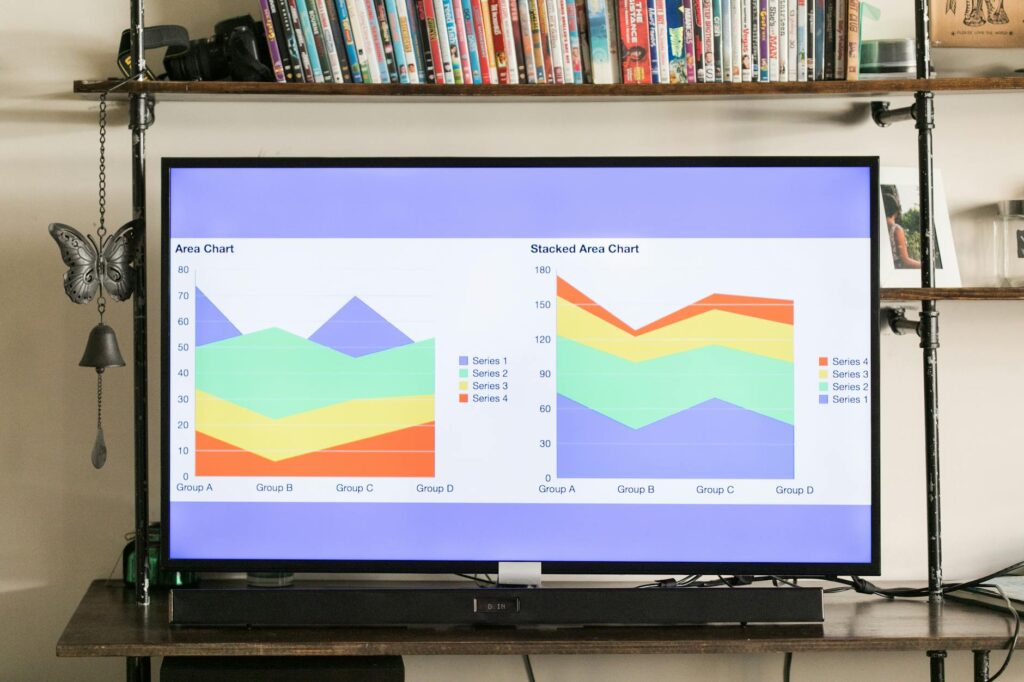What is behavioral charts?

What is behavioral charts?
Behavioral charts are powerful tools that help track and monitor actions, habits, and progress in various settings. Whether in education, therapy, or personal development, these charts serve as visual aids that can motivate, inform, and guide individuals toward their goals. By providing immediate feedback, they allow users to see their behaviors in a structured way, fostering accountability and progress.
Understanding Behavioral Charts
Behavioral charts are designed to monitor actions and habits systematically. They can be simple spreadsheets, colorful posters, or digital applications that visualize behavior over time. The purpose of these charts is to help individuals and groups identify patterns, set goals, and track progress toward desired outcomes.
Definition of Behavioral Charts
At their core, behavioral charts are visual representations of specific behaviors or actions over a defined period. For example, a teacher might use a chart to track students’ participation in class discussions or homework completion. Parents can create charts to monitor children’s chores or good behavior at home. The essence of these charts lies in their ability to provide clarity and focus on what needs to be achieved.
Types of Behavioral Charts
There are various types of behavioral charts, each suited for different contexts:
-
Educational Charts: Used by teachers to monitor student behavior, participation, and academic performance. These charts can track daily conduct, assignments, or specific learning objectives.
-
Therapeutic Charts: Designed for therapists to help clients visualize their progress in areas like coping strategies or emotional regulation. These may include mood tracking or behavior logs.
-
Personal Development Charts: Focused on individual goals, such as exercise routines, study habits, or productivity tasks. These charts can include habit trackers, goal-setting charts, or reward systems.
-
Reward Charts: Often used for children, these charts incentivize good behavior by providing visual rewards, like stickers or points, for completing tasks or exhibiting positive actions.

Photo by RDNE Stock project
Benefits of Using Behavioral Charts
Implementing behavioral charts can yield numerous advantages, enhancing productivity, personal growth, and overall well-being.
Enhancing Productivity
Behavioral charts can significantly boost productivity by helping you keep track of tasks, deadlines, and habits. When you visualize your progress, it becomes easier to stay focused and motivated. For instance, using a daily task chart can remind you of what needs to be done, making it less likely that you’ll forget or procrastinate. This technique can be especially effective in a work environment where tasks can pile up.
Supporting Personal Development
Behavioral charts are also a great way to support personal development. By setting specific goals and tracking your progress, you create a sense of accountability. Whether you’re aiming to read more books or exercise regularly, a well-designed chart can help you see how far you’ve come and what you still need to achieve. Research indicates that visual tracking can enhance goal-setting effectiveness, making it easier to stay committed to your objectives (WebMD).
How to Create and Use Behavioral Charts
Designing effective behavioral charts involves several key steps that can tailor the chart to your unique needs.
Identifying Goals and Metrics
Start by determining what behaviors or actions you want to track. This could be student participation, personal fitness goals, or daily chores. Be specific about what you want to achieve. Setting clear, measurable goals is crucial to the effectiveness of your chart.
Designing the Chart
When designing your chart, consider the following elements:
- Categories: Clearly define what behaviors you will track.
- Time Frames: Decide on the duration for tracking – daily, weekly, or monthly.
- Reward Systems: Incorporate incentives for meeting goals, such as stickers or points that lead to rewards.
Using tools like spreadsheets or apps can make this process easier and more visually appealing.
Reviewing and Adjusting the Charts
Regularly review your charts to assess your progress. Are you meeting your goals? Are there barriers preventing you from achieving them? Regularly adjusting your strategies based on your findings can help you stay on track. Behavioral charts should be dynamic; they can change as your needs evolve.
Common Mistakes to Avoid with Behavioral Charts
While behavioral charts can be incredibly beneficial, there are pitfalls to watch out for.
Overcomplication of Charts
One common mistake is making charts too complex. The goal is to simplify tracking, not complicate it. Ensure your charts are straightforward and easy to understand. Too many categories or intricate designs can hinder their effectiveness.
Neglecting Consistency
Consistency is key when using behavioral charts. If you only fill out your chart sporadically, you won’t accurately track your progress. Make a habit of updating your chart regularly to maximize its benefits. This routine can also help reinforce the behaviors you’re trying to establish.
Conclusion
Behavioral charts are versatile tools that can have a significant impact on productivity and personal development. By providing a clear visual representation of your actions and habits, they help you stay accountable and focused on achieving your goals. Whether in a classroom, therapy session, or your own personal life, implementing behavioral charts can enhance your ability to track progress and foster positive change.
So, why not start using behavioral charts today? They could be the key to unlocking your full potential and achieving your objectives!